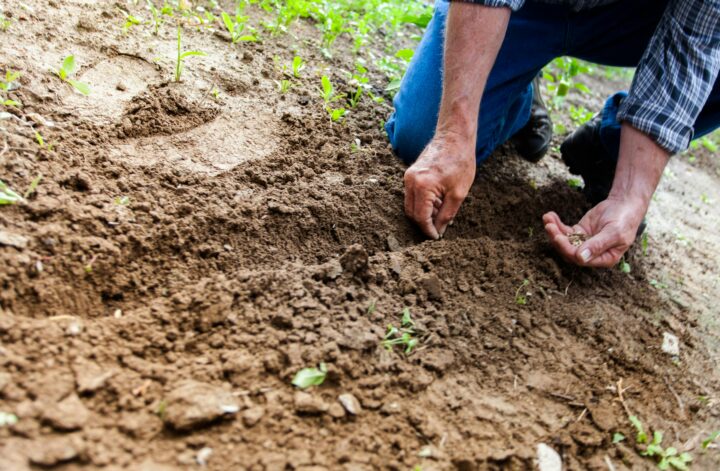Gardening is not only a fulfilling hobby but also an opportunity to contribute positively to the environment. By embracing green gardening practices, you can create a sustainable and eco-friendly garden that supports biodiversity, conserves resources, and minimizes environmental impact. Whether you’re a seasoned gardener or just starting out, this blog post will provide you with practical tips and techniques to cultivate a green garden that thrives while promoting ecological balance.
Embracing Sustainable Gardening Practices
1. Plan and Design with Sustainability in Mind
Native Plants: Choose native plants that are well-adapted to your region’s climate and soil conditions. Native plants require less water, fertilizer, and pesticides compared to exotic species, supporting local wildlife and pollinators.
Water Efficiency: Design your garden to maximize water efficiency by grouping plants with similar water needs together and installing drip irrigation or rainwater harvesting systems to reduce water waste.
2. Soil Health and Composting
Compost: Create your own compost from kitchen scraps, yard waste, and organic matter to enrich soil fertility naturally. Compost improves soil structure, retains moisture, and reduces the need for synthetic fertilizers.
Mulching: Use organic mulch such as shredded leaves, grass clippings, or bark chips to suppress weeds, regulate soil temperature, and conserve moisture in the soil.
3. Integrated Pest Management (IPM)
Natural Predators: Encourage beneficial insects, birds, and amphibians that prey on garden pests by providing habitat, such as native plants and birdhouses. Avoid using chemical pesticides that can harm beneficial organisms and pollinators.
Crop Rotation: Rotate crops annually to prevent the buildup of pests and diseases in the soil. Planting diverse crops helps maintain soil fertility and reduces the risk of pest infestations.
4. Energy-Efficient Garden Practices
Solar-Powered Lighting: Use solar-powered lights for garden pathways and outdoor areas to reduce energy consumption and minimize your carbon footprint.
Greenhouses and Cold Frames: Extend the growing season and protect tender plants using energy-efficient greenhouses or cold frames that harness solar energy for warmth.
5. Reduce, Reuse, Recycle
Recycled Materials: Incorporate recycled materials such as reclaimed wood, stones, or containers into your garden design. Upcycle old furniture or pallets for raised beds or vertical gardens.
Rain Barrels: Install rain barrels to collect rainwater for garden irrigation, reducing dependency on municipal water supplies and conserving freshwater resources.
Creating a Wildlife-Friendly Habitat
1. Pollinator Gardens
Native Wildflowers: Plant a variety of native wildflowers, herbs, and flowering plants that attract bees, butterflies, and other pollinators essential for plant reproduction.
Pollinator Hotels: Build or purchase pollinator hotels and bee houses to provide shelter and nesting sites for solitary bees, beneficial wasps, and other pollinating insects.
2. Bird and Butterfly Habitats
Bird Feeders and Baths: Install bird feeders and birdbaths to attract birds and provide food and water sources year-round. Choose plants that produce berries or seeds favored by local bird species.
Butterfly Host Plants: Include host plants for butterfly larvae (caterpillars) in your garden, such as milkweed for monarch butterflies or parsley for swallowtails, to support their life cycle.
Educating and Inspiring Others
1. Community Gardens and Sharing Resources
Community Engagement: Participate in or support community gardens, local gardening clubs, and workshops to exchange knowledge, seeds, and gardening tips with like-minded individuals.
Educational Outreach: Share your green gardening experiences and tips through social media, blogs, or community events to inspire others to adopt sustainable gardening practices.
Conclusion
Green gardening is a holistic approach to gardening that promotes environmental stewardship, biodiversity conservation, and resource efficiency. By implementing sustainable practices such as choosing native plants, improving soil health with composting, practicing integrated pest management, and creating wildlife-friendly habitats, you can create a thriving garden ecosystem that benefits both nature and your community. Embrace the principles of green gardening as a way to connect with nature, reduce your environmental footprint, and contribute to a healthier planet for future generations. Let’s cultivate sustainable gardens that nurture life and inspire positive change in our world.


